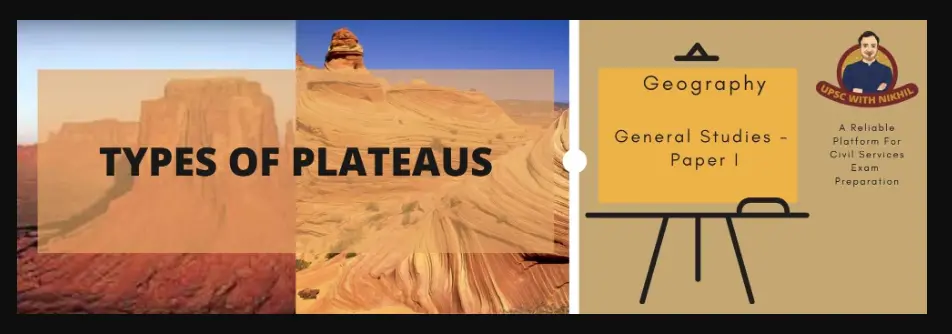How Many Different Types Of Plateaus In The World Are There?
Plateaus are flat surfaces that are elevated compared to the surrounding terrain, in other words, they can be defined as a “pointless mountain.” They are the product of factors such as erosion or the force exerted by tectonic movements.

What are Plateaus?
Plateaus are elevated lands whose top is flat, which is why they are also called plateaus. They are generally found at a height of more than 400 meters above sea level, although underwater or oceanic plateaus also exist.
The origin of the plateaus is due to the action of two phenomena such as:
Erosion: the action of winds and rivers over millions of years eroded the mountain terrain until it formed a flat surface several meters above sea level.
Clash of tectonic plates: they produce the uplift of land.
This is how underwater plateaus are formed, which can rise more than 200 meters from the seabed.
Characteristics of plateaus:
- Its summits are always made up of plains.
- Height greater than 400 meters above sea level.
- One of its sides has a steep slope.
- Its boundaries are established by a surface with many holes.
- They are distributed around the world.
Types of plateaus
Intramountain: This type of plateaus are formed in conjunction with mountains, therefore they are surrounded by them. For example:
- Tibet Plateau: It is located north of the Himalayas at 4000 meters above sea level, making it the highest region in the world. It is surrounded by mountains and glaciers. Its surface measures 1200 km from east to west and 900 km from north to south.
- Bolivian Plateau: It is also known as the Caparú Plateau. It is located between Bolivia and Brazil and has 6700 square meters with an altitude of 900 meters.
Piedmont: These are those plateaus that are located between mountains and oceans. For example:
- Patagonian Plateau : Located in Argentina. It is divided into two parts: Andean Patagonia, which is very humid with high rainfall since it is composed of humid forests, and Extrandina Patagonia, which is drier with little rainfall. The Patagonian plateau has a very particular climate, since winter and summer are extremely long, unlike autumn or spring, whose duration is shorter.
Continental: These are those that rise from the coastal plains or from the sea. An example:
- Southern African Plateau: It occupies two thirds of the country’s total territory. At one end next to the eastern coastline, the land slopes towards the sea. It is divided into three regions High Veld, Middle Veld and Low Veld. The highest area of this plateau is at 1500 meters high, the average at 1200 meters and the lowest at about 900 meters above sea level.

